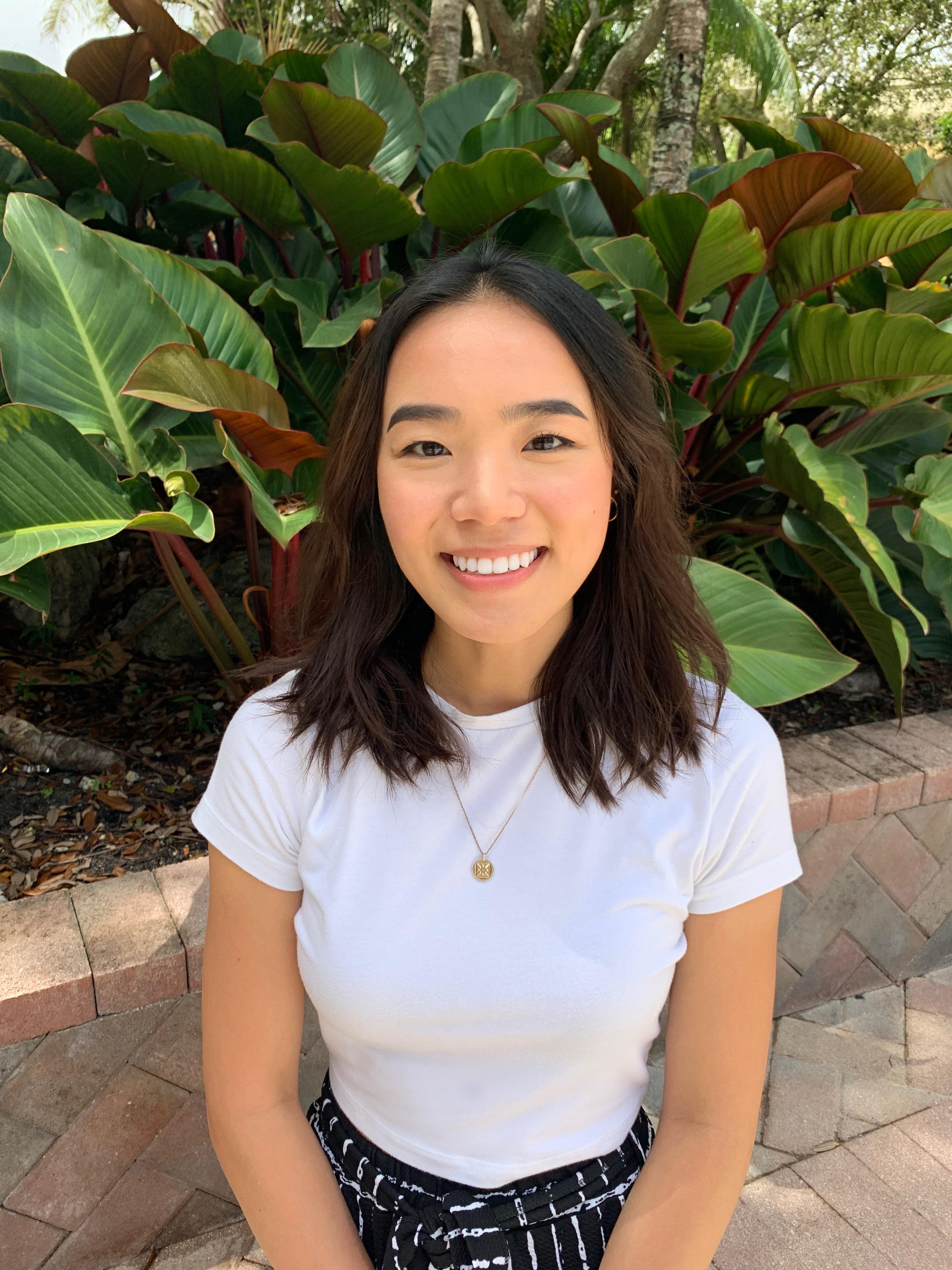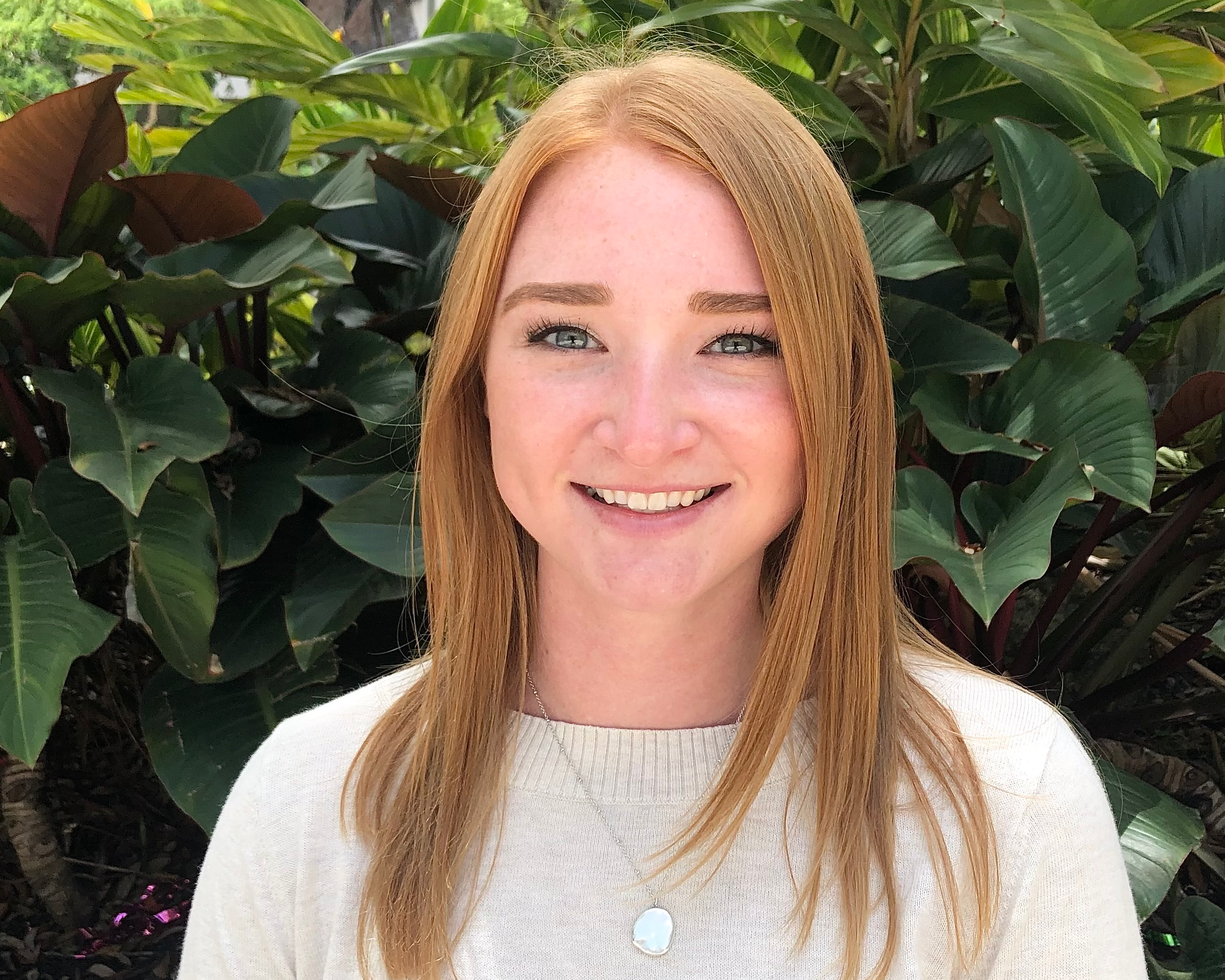Technology
(PS10-A15) Acceptability and Feasibility of Using Smartphones and Wearables to Assess Youth Depression Symptoms, Feelings, and Behaviors

Jenny Guo, B.S.
Graduate Student
Florida International University
Miami, Florida
Jennifer Frederick, M.S.
Graduate Student
Florida International University
Miami, Florida
Lindsey Cunningham, B.A.
Graduate Student
Florida International University
FL, Florida.jpg)
Mei Yi Ng, Ph.D.
Assistant Professor
Florida International University
Miami, Florida
Author(s)
Co-Author(s)
Background: Smartphone and wearable technologies hold utility for studying psychopathology at the individual level, which may inform precision medicine approaches. Mobile sensing is a promising, low burden method for passive assessment of real-time affective states and behaviors related to depression (Dogan et al., 2017). Sensors can provide access to objective, fine-grained data about everyday behaviors, including physical activity (via accelerometer), mobility (via GPS), and social activity (via call and text frequency). This can supplement established ambulatory methods, such as ecological momentary assessment (EMA) and actigraphy. While smartphone-based EMA and wearables have been successfully used with youth (Heron et al., 2017; Ridgers, McNarry, & Mackintosh, 2016), less is known about use of these methods with depressed youth over a longer time period and about mobile sensing for collecting data or monitoring mood for any youth population (Bagot et al., 2018).
Aim: In the current study, we examined acceptability and feasibility of a 28-day EMA, mobile sensor, and actigraph protocol for youth ages 12-18 with elevated levels of depressive symptoms.
Method: Youth (Mage=15.75, SDage=1.62) who met cutoff on a depression screener (Center for Epidemiologic Studies Depression score ≥ 16) were recruited from a university clinic and community sources. Through the Effortless Assessment of Risk States (EARS) app installed on their smartphone, youth completed a feelings survey (e.g., depressive symptoms, processes, and affect) 5 times per weekday and 6 times per weekend day. Sensor data on physical and motion activity, call and battery status, and geolocation were passively collected via the app, and youth wore a wrist actigraph to measure physical activity and sleep. After the 28-day period, youth completed a feedback interview about protocol acceptability. Adherence was assessed using survey response rates, available mobile sensor data, and actigraph wear time.
Results: Data collection is ongoing; we report preliminary results from 24 youth who have completed the study. On average, youth completed 54.03% of 148 feelings surveys administered (M=78.58, SD=34.49) and wore the actigraph 79.42% of the time. Mobile sensor data were available for a subset of 12 youth. Average adherence rates were over 80% for each sensor, apart from the keyboard input sensor. Most (66.7%) youth reported that they enjoyed using the app to complete surveys, and nearly all (95.8%) found the 28-day EMA period manageable. Three-quarters of youth found using the actigraph enjoyable and easy to incorporate into their daily lives, and nearly all (95.8%) would recommend participating in a similar study to friends.
Discussion: Overall, youth with depressive symptoms found the 28-day EMA, mobile sensor, and actigraphy protocol to be acceptable and feasible. Adherence rates were moderate to high for most aspects of the protocol, but response rates were lower for surveys administered multiple times per day. Future directions include examining predictors of adherence and testing ways to increase survey response rates. Daily smartphone-based EMA, mobile sensing, and wrist actigraphy appear to be promising methods for assessing individual-level psychopathology.

